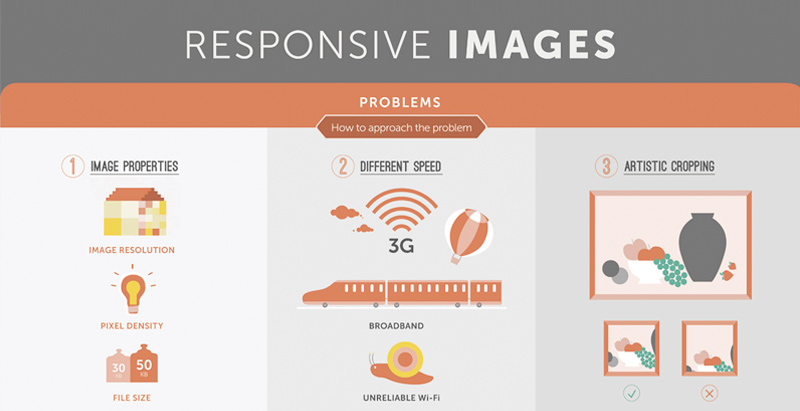Prepare Yourself To Journey Via Time And Find Just How Web Sites Have Become Much More Sophisticated, Easy To Use, And Visually Stunning
Prepare Yourself To Journey Via Time And Find Just How Web Sites Have Become Much More Sophisticated, Easy To Use, And Visually Stunning
Blog Article
Article By-Pappas Hejlesen
In the past, web sites were simple and focused on information. Navigating was direct, and layout was for desktop computers. Now, individual experience is essential. Information guides layouts for simple navigation. Receptive designs suit various devices. Today, dark mode lowers stress, and minimalist menus enhance navigating. Interactive attributes involve users, and vibrant visuals stick out. AI assimilation enhances interaction. See how layout has developed to enhance your on the internet journey.
Early Days of Web Design
In the very early days of web design, simpleness reigned supreme. Sites were standard, with restricted colors, fonts, and layouts. The focus got on providing information as opposed to showy visuals. Users accessed the internet with slow-moving dial-up links, so rate and performance were crucial.
Navigating food selections were straightforward, typically located at the top or side of the web page. Sites were designed for home computer, as mobile surfing had not been yet prevalent. Content was king, and designers focused on very easy readability over intricate style elements.
https://gritdaily.com/copyright-marketing/ was the key coding language used, and developers needed to function within its constraints. Computer animations and interactive functions were marginal contrasted to today's requirements. Web sites were fixed, with little dynamic content or tailored user experiences.
Increase of User-Focused Style
With the development of internet site design, a shift towards user-focused style principles has actually come to be progressively prominent. Today, creating internet sites that focus on user experience is important for involving visitors and attaining business goals. User-focused design entails recognizing the demands, choices, and actions of your target market to tailor the website's design, content, and includes accordingly.
Designers now conduct comprehensive research study, such as user studies and use screening, to collect understandings and responses directly from customers. This data-driven strategy assists in producing user-friendly navigating, clear calls-to-action, and aesthetically appealing interfaces that resonate with visitors. By positioning the individual at the center of the style process, web sites can provide an extra individualized and pleasurable experience.
Responsive design has likewise emerged as a vital facet of user-focused layout, ensuring that sites are optimized for different devices and screen dimensions. This flexibility improves accessibility and functionality, dealing with the varied ways customers connect with websites today. In essence, the rise of user-focused design represents a shift towards creating digital experiences that focus on the demands and expectations of the end customer.
Modern Trends in Web Design
Discover the latest fads forming website design today. One famous fad is dark setting style, offering a sleek and modern look while lowering eye strain in low-light atmospheres. Another crucial pattern is minimalist navigating, simplifying food selections and improving user experience by focusing on essential elements. Including micro-interactions, such as animated switches or scrolling results, can create a more appealing and interactive web site. Receptive design stays essential, ensuring smooth individual experiences across various gadgets. Additionally, using https://www.searchenginejournal.com/impactful-seo-reporting-guide/425753/ and unbalanced formats can include visual passion and draw attention to details web content.
Integrating AI modern technology, like chatbots for customer support or individualized suggestions, enhances user interaction and simplifies processes. Accessibility has additionally end up being a substantial fad, with designers focusing on inclusive layout methods to deal with diverse customer requirements. Accepting sustainability by enhancing site efficiency for speed and efficiency is one more emerging fad in web design. Working together with user comments and data analytics to repeat and improve layout constantly is essential for remaining pertinent in the ever-evolving electronic landscape. By accepting these modern-day trends, you can create an aesthetically appealing, user-friendly web site that resonates with your target market.
Verdict
As you review the development of web site design from the very early days to now, you can see exactly how user-focused design has become the driving pressure behind modern patterns.
Accept the journey of change and adjustment in website design, always maintaining the customer experience at the leading edge.
Keep present with the latest trends and modern technologies, and never ever quit advancing your method to create visually magnificent and easy to use web sites.
Advance, adapt, and produce - the future of web design is in your hands.
